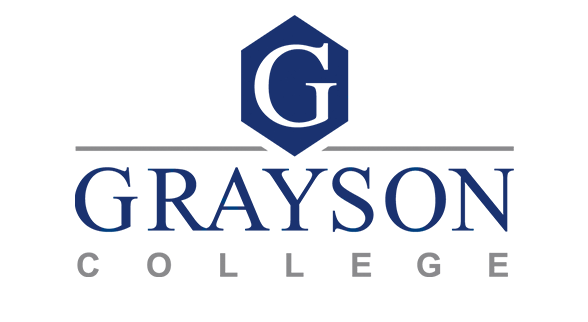About Radiologic Technology
What is a radiologic Technologist?
A radiologic technologist is known by several names, including: radiographer, x-ray tech, and rad tech. They are part of the allied health care team that uses x-ray equipment to create radiographs of the internal body for diagnosis and treatments of injury or disease. Technologists are responsible for obtaining the patient's clinical history, as well as observing any abnormalities that might affect the imaging outcome. It is the technologist's duty to produce an image that either effectively shows an abnormality, or in many cases, rules out an abnormality. Radiologic Technology is a very rewarding career that combines patient care and advanced technology. A career in this profession can take you in many directions. Many graduates advance into other imaging modalities such as MRI, CT, Mammography, Sonography, and Cardio-Vascular specialties (additional study and certifications may be required). Another option for a registered technologist would be to obtain a Bachelor's and/or Master's degree and pursue a career in hospital or departmental management or a career in teaching.
Radiologic Technologists work in hospitals, imaging centers and doctor's offices. Radiography is an extremely physical occupation. It is a requirement that you must be able to lift and position heavy patients as well as push, pull and maneuver heavy equipment. Good communication skills are a must. Technologists must be able to clearly explain procedures to the patient and effectively give patient directions. Read the following carefully to ensure you understand the physical, behavioral, and social skills necessary to function as a radiographer in many facilities.
Standards for the Radiographer
Employment Qualifiers
- Must be free from contagious diseases and chemical dependence
- Must be able to perform all functions and tasks required of a radiographer
- Must not have been convicted of a felony without restoration of his or her civil rights.
- Preapproval from the ARRT can be gained if you are concerned about a conviction at: ASRT Pre-Application Ethics Check
Visual Observation
Visual acuity must be sufficient and adequate to enable the radiographer to:
- View radiographs to determine the quality and identify anatomy.
- Observe patient's condition
- Read control panels, technique charts, and other pertinent materials for patient care and professional practice.
Motor Functions
Motor functions must be sufficient to enable the radiographer to:
- Stand unassisted for periods of up to several hours
- Assist patients in and out of wheelchairs and on and off stretchers or tables
- Lift and handle radiographic equipment and tools
- Manipulate radiographic equipment
- Assist patients in emergencies
Communication Skills
The radiographer shall possess sufficient communication skills to receive and transmit information to patients, healthcare personnel, and others.
Behavioral and Social Skills
Behavioral and social skills must be sufficient to enable the student to conduct him or herself appropriately and professionally in the college and clinical settings.
